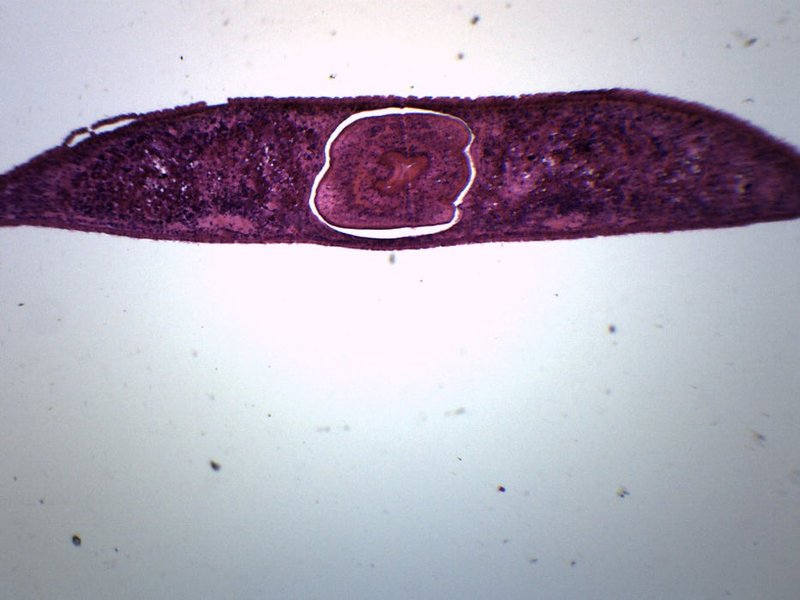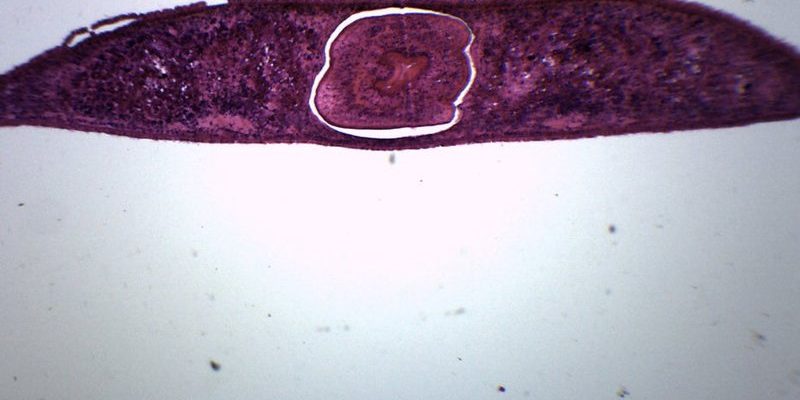
Using field cameras, like those from brands such as Bushnell or Browning, allows you to capture planaria in their natural habitat. It’s like having a backstage pass to nature’s best-kept secrets. This technology opens the door to understanding these creatures better while tracking their behaviors in ways that were once nearly impossible. So, let’s dive in and explore how to document planaria behavior using field cameras.
Understanding Planaria and Their Habitats
Planaria are flatworms that often dwell in freshwater environments, such as ponds, streams, and even puddles. These creatures are not just visually interesting; they also have remarkable regenerative abilities, which make them a popular subject for biological studies. When you think of planaria, picture a tiny, wiggly creature with a soft, flat body. You might see them creeping along surfaces, searching for food like tiny scavengers.
Their habitats are rich with life, offering plenty of opportunities to observe their behaviors. Aquatic plants and debris provide hiding spots, while the water itself gives them a medium to move and explore. When you set up a field camera in these areas, it’s like placing a portal into another world. You can witness how they interact with their environment, search for food, or even engage in mating rituals.
Planaria are also sensitive to changes in their environment, so they may respond to things like light, currents, and even the presence of other species. This makes observing them even more intriguing. Every aspect of their behavior tells a part of their survival story. With a field camera, you can catch all of this in real-time.
Choosing the Right Field Camera
When it comes to documenting planaria behavior, not just any field camera will do. You’ll want one that’s suited for capturing underwater scenes. Brands like GoPro offer waterproof options, while other cameras might need extra housing to keep them safe from water exposure.
Here’s a checklist of features to consider when selecting your field camera:
- Waterproofing: Ensure it can withstand the aquatic environment.
- Resolution: Higher pixel counts provide clearer images.
- Night Vision: This can help capture nocturnal behaviors.
- Battery Life: Longer durations mean less frequent changes.
- Motion Detection: Some cameras can start recording when they detect movement.
You might be wondering which camera performs best overall. Honestly, it really depends on your budget and specific needs. More advanced models will give you better quality but may also come with a higher price tag. When in doubt, consider starting with a mid-range camera that meets most of the criteria above. This way, you won’t break the bank while still getting quality results.
Setting Up Your Field Camera
Setting up your field camera requires a little finesse, but it’s simpler than you might think. First, find a suitable location—ideally, an area where you’ve seen planaria before. Look for calm waters with plants and structures that can support their movement.
Once you’ve selected your site, here’s how to set up your camera:
1. Position the Camera: Aim it towards areas where you believe planaria often hang out. Angles can make a big difference, so try different spots.
2. Secure the Camera: Ensure it’s stabilized, especially if you’re using a tripod. For underwater shots, use waterproof housing securely attached to a sturdy base.
3. Check the Settings: Make sure your motion detection is on if your camera has that feature, and adjust to the desired resolution and frame rate.
4. Do a Test Run: Before leaving it to record, do a quick test. This can help you adjust the angle and settings based on the first few captures.
After you’ve set everything up, simply leave it and let it do its thing. It’s exciting to think about what you might capture while you’re not around!
Analyzing the Footage
Reviewing the footage from your field camera is like unwrapping a surprise gift. You never know what fascinating behaviors you might see. Planaria can exhibit a range of activities, from feeding to swimming to exhibiting their famous regeneration skills.
When you analyze the footage, take notes on different behaviors. Here’s what to look for:
– Movement: Watch how they crawl along surfaces or swim. Are they quick or slow? Do they seem curious about their surroundings?
– Feeding Habits: Observe how they hunt or scavenge for food. This can tell you a lot about their role in the ecosystem.
– Interactions: If multiple planaria are present, note how they interact with each other. Are they aggressive or more cooperative?
By paying attention to these details, you’ll gain insight into their lives. Plus, you might discuss your findings with others who share your interest in planaria, contributing to a larger conversation about these unique creatures.
Challenges When Documenting Planaria
Like any project, documenting planaria behavior with field cameras isn’t without its difficulties. Environmental factors, camera limitations, and even the behavior of planaria themselves can throw a wrench in your plans.
One significant challenge is visibility. Sometimes, murky water conditions can obscure your view. To overcome this, try to monitor under clear, bright conditions, or adjust your camera settings to capture clearer images in less-than-ideal conditions.
Another issue might be battery life. If your camera runs out of juice too soon, you could miss significant footage. Underwater cameras can be power-hungry. It’s a good idea to have backup batteries or a way to recharge them if you’re setting up for an extended period.
Lastly, planaria aren’t always cooperative—they might choose to explore away from the camera’s view. Sometimes, you may need to adjust your setup or location based on what you observe.
Why Documenting Planaria Behavior Matters
So, why bother documenting planaria behavior at all? For starters, these little creatures play a crucial role in their ecosystems. By understanding how they interact with their environment, we can learn more about the health of freshwater systems. Planaria are also used in scientific research, providing insights into regeneration and even neural functions.
Moreover, documenting their behavior can spark a sense of wonder in anyone who watches the footage. It encourages curiosity about the natural world—a valuable trait that fosters conservation-minded individuals. Every tiny detail captured on your field camera has the potential to educate and inspire.
In sharing your footage and findings, you contribute to a broader community of nature enthusiasts and researchers. Whether you present it in a casual conversation or through social media, you’re helping to spread awareness of the importance of even the tiniest creatures in our environment.
In our fast-paced world, taking the time to observe nature’s wonders reminds us of the intricate connections in our ecosystems.
Final Thoughts on Documenting Planaria Behavior
Documenting the behavior of planaria with field cameras is a rewarding endeavor that opens doors to understanding these amazing little creatures. By selecting the right equipment, setting it up thoughtfully, and analyzing your footage carefully, you can uncover the hidden world of planaria.
From their feeding habits to their interactions, each observation can contribute to a greater understanding of these flatworms and their role in the ecosystem. Plus, it’s a fantastic way to engage with nature and share those experiences with others.
So grab your field camera, find a beautiful freshwater spot, and let the adventure begin! Whether you’re a novice or a seasoned filmmaker, the thrill of capturing wildlife in action is something truly special. Happy observing!

